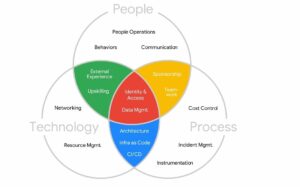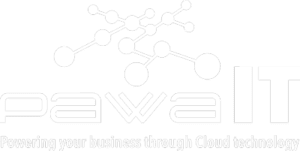Is your organization ready for the cloud? Getting started in cloud is all about striking the right balance and creating a roadmap such as the Google Cloud adoption framework.
Cloud adoption offers benefits but also risks, requiring multidimensional solutions, implementation, processes, people, and technology.
Google developed a streamlined framework for cloud adoption through leadership, people management best practices, engineering-driven methodologies, and zero-trust security models.
Cloud computing providers introduce new features to improve scalability, reliability, and security, making it hard to navigate the landscape. Cloud Computing with a Silver Lining.
Along the way, we’ve seen the sorts of things that can trip organizations up, as well as patterns developing around what makes other organizations successful. Most recently, we’ve seen a shift in the outcomes our customers want to achieve with the cloud. Getting to the cloud has been about tactical cost cutting initiatives building your “mess for less” in the cloud. Over recent years, some of our customers began to ask us much bigger, more strategic, even visionary questions: “How can I use machine learning to provide a better customer service?” “How do I do predictive inventory planning?” Or “How do I enable dynamic pricing?”
Pawa IT aims to help organizations thrive in the cloud through comprehensive transformation, clear communication and confidence in vision.
We’ve seen two types of company cultures play out, time and again, in our customer base. For example, many of our cloud native customers have a bias for action. They do many things well: self-sufficiency in pushing workloads into production, highly collaborative teams, and continuous learning and experimentation, just to name a few. But in their desire to move fast, we’ve seen some underestimate the value of putting guardrails in place early to contain the inevitable sprawl of data and compute resources. This omission not only adds cost to their monthly cloud hosting bill, but can also result in security and data privacy challenges in the long-term. In this case, they prioritize speed in the short-term over long-term sustainability.
However, new cloud enterprises often focus on replicating governance, policies, and processes, neglect production workloads, limiting experience and investment.
The ideal is balancing the pace of change across your people, process, and technology through a Google Cloud adoption framework. That way, you can learn continuously, lead effectively, scale efficiently, and secure your environment comprehensively the four capabilities we’ve observed that drive success in cloud.
These are just some of the insights and best practices we can share to help you get started. To learn more, Download the white paper.








